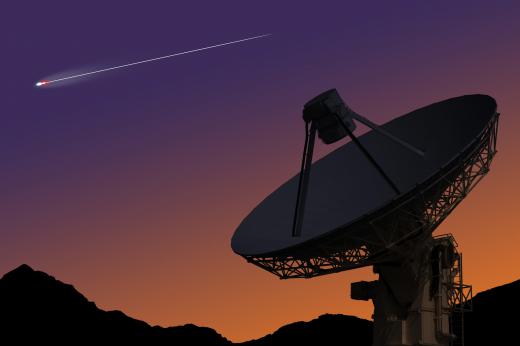What is Canopus?
 Michael Anissimov
Michael Anissimov
Canopus is the second-brightest star in the night sky, after Sirius. The origin of its name is ancient and very poorly understood. It may be named after the pilot of a ship in a Trojan legend, as it is the brightest star in the now-obsolete Argo Navis constellation, which represented the ship piloted by the Argonauts. Canopus is in the constellation Carina, the keel, used to refer to the part of the "giant ship" it used to be considered a part of.
Canopus has a very high absolute luminosity, and is the second brightest star despite its distance of 310 light years. Sirius, the brightest star, is only 8.3 light years away. If Canopus were located where Sirius is today, it would be many times brighter and by far the brightest star in the sky.

Canopus is a yellowish-white F-class supergiant star. Located well into the southern hemisphere, Canopus is not visible from locations north of Kentucky. It has a luminosity about 13,600 times greater than the Sun and a diameter of 130 solar radii, almost a third of the distance from the Earth to the Sun.
Before the high-precision distance measuring satellite Hipparcos was launched, the distance of Canopus was uncertain to astronomers, who put it as close as 90 light years or as distant as 1300 light years from the Earth. If the latter was the case, Canopus would have turned out to have the highest absolute luminosity of any star in the Galaxy. Eta Carinae, a star it is located near in the sky, is in fact one of the brightest stars in the Galaxy in terms of absolute luminosity. Another contender is LBV 1806-20, located on the opposite side of the galactic core from us.
Prior to the wide distribution of compasses, Canopus was used by people in the northern hemisphere as a star for navigating towards the south. Unlike the brightest star in the sky Sirius, Canopus is located well away from the plane of the elliptic.
AS FEATURED ON:
AS FEATURED ON:











Discuss this Article
Post your comments